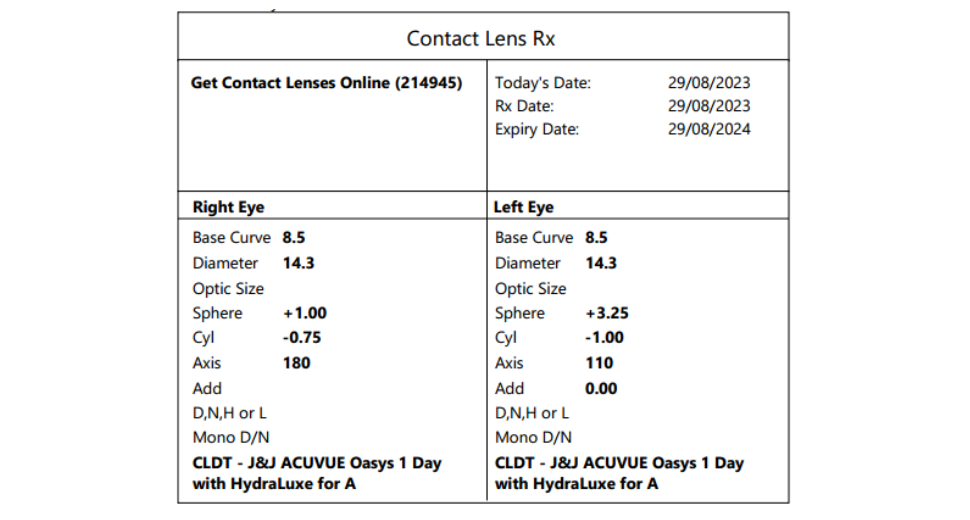Contact lenses are a great way to correct vision without having to wear glasses, but there are a lot of myths and misconceptions about them. In this blog post, we will debunk the most common contact lens myths.
Myth #1: Contact lenses can get lost behind your eye.
This is a common Contact Lens Myths, but it’s physically impossible for a contact lens to get lost behind your eye. Your conjunctiva, a thin membrane that covers the white of your eye, prevents anything from getting behind your eye. If your contact lens moves out of place, it will most likely lodge under your upper eyelid. You can usually just blink a few times or gently pull down your upper eyelid to dislodge it.
Myth #2: Contact lenses can damage your eyes.
Contact lenses are generally safe, but they can damage your eyes if they’re not worn or cared for properly. For example, wearing contact lenses for too long or not cleaning them properly can increase your risk of infection. It’s important to follow your optometrists’ instructions on how to wear and care for your contact lenses to minimize your risk of complications.
Myth #3: You can’t wear contact lenses if you have dry eyes.
If you have dry eyes, you can still wear contact lenses. There are several things you can do to manage dry eyes and wear contact lenses comfortably, such as using lubricating eye drops and choosing contact lenses that are designed for dry eyes.
Myth #4: Contact lenses can permanently stick to your eye.
This is another myth. If a contact lens sticks to your eye, it’s most likely because your eye is very dry. Blinking a few times or using a lubricating eye drop will usually dislodge the contact lens. If you can’t remove the contact lens yourself, see your optometrists right away.
Myth #5: Contact lenses are expensive.
Contact lenses can be expensive, but there are a few ways to save money, such as buying contact lenses in bulk and using coupons. You can also ask your eye doctor about affordable contact lens options.
If you’re considering wearing contact lenses, be sure to talk to your eye doctor. They can help you choose the right contact lenses for your needs and teach you how to wear and care for them properly.






